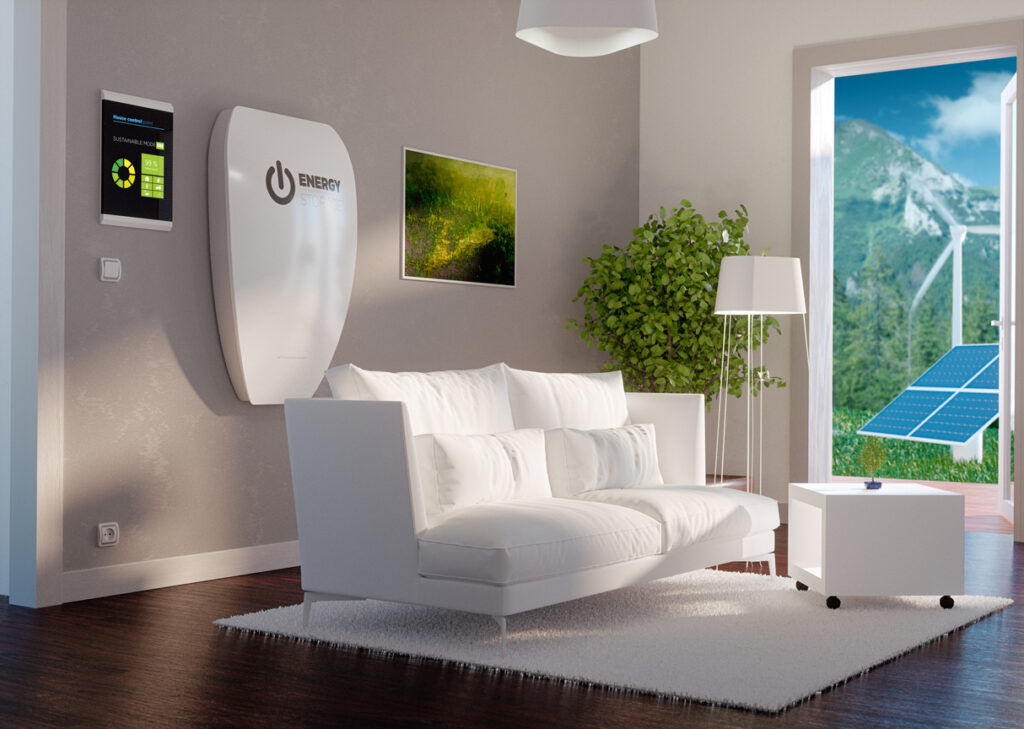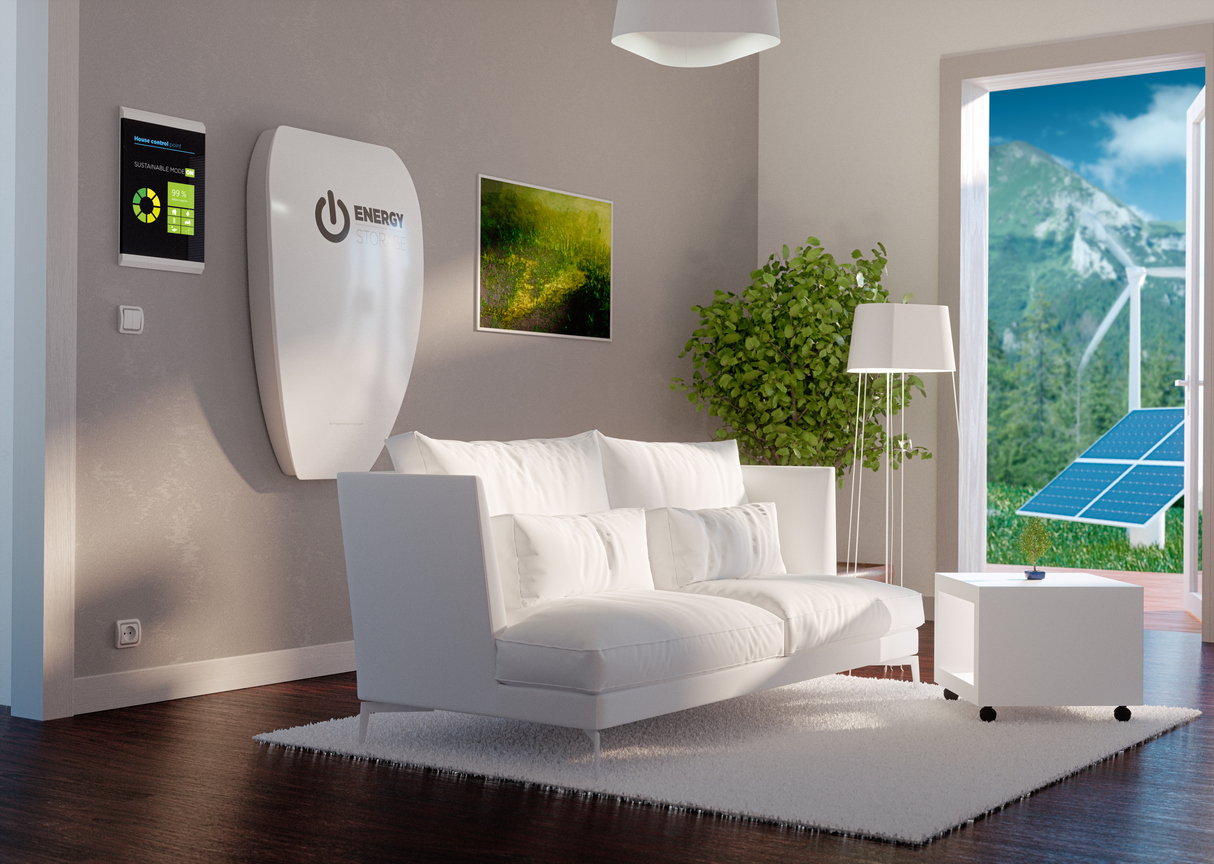
Greening your home offers numerous benefits. It will not only give you considerable cost and energy savings, it will also help enhance your home’s value.
Sustainable homes are fast becoming the norm in the US, including in Cleveland. According to the National Association of Home Builders, by the year 2020, the majority of their projects will be green. Remodelers have also noted a significant increase in greening projects, and predict this trend to gain even more traction in the future.
There are many ways to green your home depending on how much you’re willing to invest and what your end goals are.
Here are some greening measures to consider:
- 1. Automate your home
Smart home features can result in considerable energy savings. Through your phone, you can remotely control a number of home functions, such as the HVAC, lighting, and even the windows.
More advanced smart technology can automate essential systems. A smart thermostat, for example, can automatically adjust a room’s temperature based on outdoor conditions, humidity, time of day, and room occupancy. Smart lighting can also automatically increase or decrease luminance according to occupancy, time, and other factors.
The trend in home automation today is the use of a central hub that serves as a remote control for various smart features, making the process even more efficient.
- 2. Use Energy Star-rated appliances and fixtures
Energy Star-rated products meet stringent standards that ensure energy efficiency, resulting in savings of as much as 10 to 50%. These products include appliances like refrigerators, TVs, and dishwashers, as well as windows, doors, and lighting.
- 3. Install LED lighting
Lighting makes up about 25% of a home’s energy consumption. LED bulbs can significantly reduce consumption by as much as 90%. They also last about 10 times longer and generate 90% less heat, which can help in decreasing your cooling needs.
- 4. Harness solar and wind energy
Solar panels and wind turbines are becoming more widely available than before. Instead of solar panels, you may also use solar roof shingles.
While installing these energy-harnessing systems isn’t cheap, costs are getting progressively lower. Plus, you can recoup your investment through substantial savings on your electricity bill. You may also qualify for federal or local incentives, as well as credits on your energy bill for any excess energy that goes back to the grid.
If installing solar or wind is not a good option for you, consider using solar-powered fixtures and devices, such as yard lights, floodlights, security cameras, and so on.
- 5. Use natural light
You can also harness daylight to reduce your energy consumption for lighting. The technology, known as daylight harvesting, involves a smart system that can detect if a room is receiving enough daylight and adjust indoor lighting accordingly.
The system may also include smart motorized shades, which can be automatically adjusted based on the amount of available daylight.
6. Improve your insulation
Adding or upgrading your insulation can prevent heated or cooled air from escaping, improving your HVAC’s efficiency by as much as 20 to 30%. For a less costly alternative to a complete insulation upgrade, consider using thermal shades, which can block extreme outdoor temperatures and keep in cooled or heated air.
If you’re interested to learn more about greening your home or are looking for a sustainable home for you and your family, get in touch with Michelle McQuade at 440.823.2448 or email michellemcquade(at)howardhanna(dotted)com.


